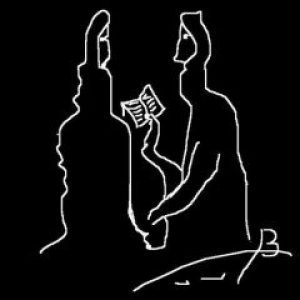The Calendar year 2023 was satisfactory regarding the resolutions I held at the beginning of the year. Unlike most, I could manage to keep my resolutions to a reasonable extent, although I ultimately achieved the goals to the fullest. For example, I could reach about 80% of my weight loss target without a heartburn. However, … Continue reading 2023
Category: Reviews
Niksen – doing nothing !
Okay, here is an exciting concept for you, and it is rapidly becoming my favourite. Niksen is a Dutch word describing the activity of doing nothing, or to be precise 'inactivity'. Basically, this encourages people to let their minds wander as they do nothing. On a lighter note, it was probably named after a bloke … Continue reading Niksen – doing nothing !
Disney’s Wish !
The user attended a Disney movie titled 'Wish', under protest, but found it to be a socio-political piece. Set in a mythical kingdom, Rosa, the film portrays a white king suppressing his people’s wishes. The protagonist, Asha, is a strong female character leading a diverse group. The user criticizes Disney for straying from their traditional storytelling to push sociopolitical agendas.
Stats on 2021 Books – outsourced Audible post
Best Books of 2021 as per Audible.in Well.. Duh ! and some useless stats I failed to meet the 2021 resolution - finished with just 18. Two best authors I enjoyed reading in 2021 and report from GoodReads.com
Movie Review : Garuda Gamana Vrushabha Vahana
Garuda Gamana (refers to Vishnu) and Vrushabha Vahana (refers to Shiva) are appropriately named after two childhood friends who went on to become an underworld outfit of the city of Mangaluru (previously called Mangalore). Then, there is a police officer who orchestrates the events during the latter part of the storyline and, hence, appropriately named … Continue reading Movie Review : Garuda Gamana Vrushabha Vahana
